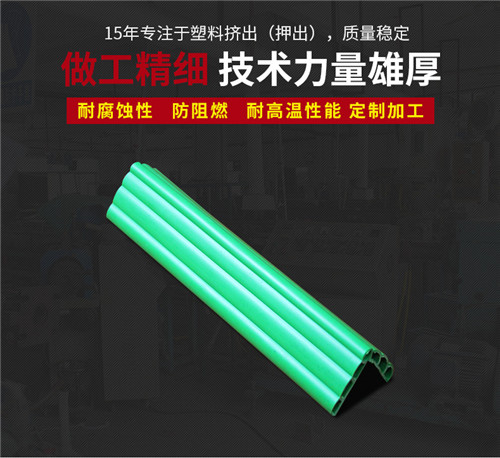
Phone Number :
09 08, 2023

Countertop edge strips play a vital role in enhancing the aesthetics and functionality of your kitchen or bathroom. By providing a decorative finish and protecting the edges of your countertops from damage, these strips are a must-have accessory. In this article, we will delve into the various types and materials of countertop edge strips, giving you a comprehensive understanding of their features, benefits, and considerations.
Countertop edge strips are available in a wide range of types, each offering a unique design and functionality. It is crucial to choose the right type that complements your overall interior style and meets your specific requirements. Here are some popular types:
i. Bullnose Edge: This classic edge profile features a rounded, smooth edge, making it visually appealing and safe, especially for high-traffic areas. It is commonly used in contemporary kitchen designs.
ii. Beveled Edge: Offering a sleek and angled edge, the beveled edge strip adds a touch of sophistication to your countertops. It works exceptionally well with modern and minimalist interior styles.
iii. Ogee Edge: Known for its elegant and decorative look, the ogee edge strip features an intricate S-shaped profile. It adds a luxurious and ornate touch to any countertop, enhancing its visual appeal.
The choice of material for your countertop edge strip is crucial to ensure durability, visual appeal, and compatibility with your countertop. Here are some common materials used:
i. Laminate: Laminate edge strips offer a cost-effective solution without compromising on style or functionality. They feature a wide range of designs and colors, making them versatile and easy to match with different countertop materials.
ii. Stainless Steel: Ideal for contemporary and commercial settings, stainless steel edge strips provide a sleek and modern appearance. They are highly durable and resistant to stains, making them suitable for busy kitchens.
iii. Solid Surface: Solid surface edge strips offer seamless integration with the countertop, creating a sleek and uniform look. They are resistant to moisture and staining, making them perfect for kitchen and bath applications.
When selecting countertop edge strips, keep the following factors in mind:
i. Design Style: Consider the overall design of your kitchen or bathroom to choose an edge strip that complements the existing aesthetic. Opt for a style that enhances the desired ambiance.
ii. Budget: Determine your budget and explore options within that range. Remember to consider both the material and the labor cost for installation.
iii. Durability: Assess the durability of the edge strip material to ensure it can withstand the expected wear and tear in your kitchen or bathroom environment.
Countertop edge strips are not just simple trims but a crucial element in creating a polished and functional space. By understanding the different types and materials available, you can make an informed decision that aligns with your design preferences, budget, and durability needs. Consider your options wisely, and enjoy the beauty and protection that a well-chosen countertop edge strip brings to your space.